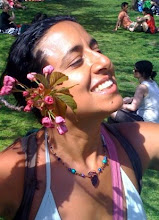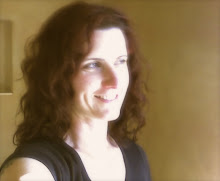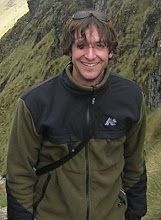The following is a compilation of photo updates taken as the demonstration project progresses. Please take the eleven part tour for a full explanation of how the system works.

Overview of the site with greenhouse pond, reflecting channel and lower pond visible. The containers in the front channel accept the waste water from the greenhouse pond.

Photo of the finished propagation pond. The pond is separated and insulated from the rest of the pond. We did this by sandwiching 1.5" of styrofoam between two layers of pond liner. The propagation pond is covered with a removable dual pane sash, styrofoam and greenhouse plastic to keep the water and seedlings warm.

Close up photo of propagation pond. We can start 400 seedling in the warm propagation pond heated with an aquarium heater. Tropical minnows like Tilapia can overwinter in this pond as well, providing fertilizer for the seedlings and pruning the roots.

Wicking hydroponic system next to the pond with stacked containers to create different hydrologic planting zones.

More wicking hydroponics next to pond.

Overview of wicking hydroponic channel below greenhouse pond. Waste water is siphoned from greenhouse pond to feed and water channel with containers.

Close up photo of hydroponic channel with keyhole access points.

Photo of chicken yard. This area will be sepated into three forage area for summer, fall and winter rotational forage for chickens and humans. Compost is thrown over the fence in the morning so the chickens will eat it before the rats have a chance at night. Over time, finished compost builds up along downhill for collection.


























































